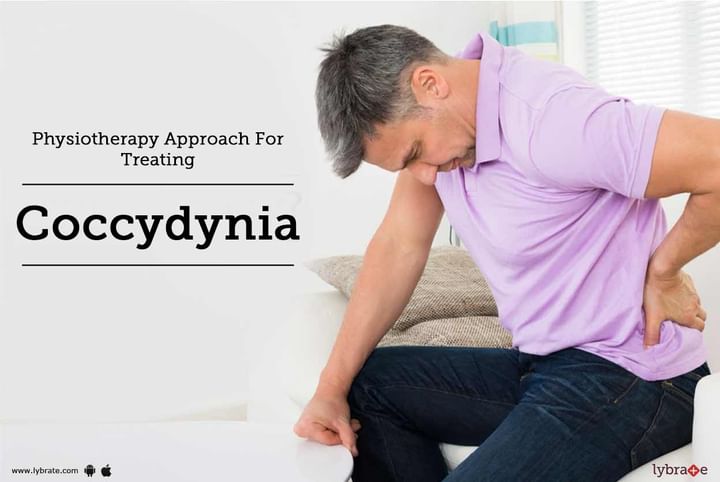Physiotherapy Approach For Treating Coccydynia
We all have lost our tail with evolution…but did you ever think that the vestigial (redundant) part of that tail which has been left over in us in the form of tailbone can mess up with our daily activities and torture us to the level of not allowing us to sit!
If you are not able to sit or if you are experiencing pain when sitting right at the tail bone region, you may be having ‘Tailbone Pain or Coccydynia’.
What is Coccydynia?
The coccyx, also referred to as the ‘tailbone’ is the last segment of one’s vertebral column. Coccydynia is referred to a disabling pain that occurs in/around the coccyx. This type of pain usually starts when one sits all of a sudden or rises up from the seat after having been seated over a long period of time. Also known as coccygodynia, this condition can mar one’s quality of life. The pain, often described as ‘stabbing’ or ‘piercing’, can radiate to the buttocks, the lumbar spine, and rarely, to one’s thighs.
Anatomy
The coccyx is the final part of one’s vertebral column. The vertebral units are fused together. The frontal portion of the coccyx is the fusion site of the muscles and ligaments which control the functions of the pelvic floor. The coccyx also supports the anus’s position. The gluteus maximus is attached to the posterior part of the coccyx. Ligament or muscle damage, or muscle weakness can cause the coccyx to assume an abnormal position, thus causing pain.
Common Causes:
-
Sitting for extended periods of time, especially on hard surfaces
-
Effect of a direct trauma, such as a fall
-
Giving birth
-
Bone fracture, tumors or an infection can also cause this condition
How do you know whether it’s Coccydynia?
-
You will experience pain while sitting, especially on hard surfaces
-
Localized pain in or around the tailbone that worsens with touch or any pressure applied on it
-
The pain will become severe when you stand from a seating position after considerable amount of time
-
The pain might also start during sexual intercourse
-
The pain increases in women during their menstrual cycles
Diagnosis
-
Local Coccydynia
-
Traumatic
-
Idiopathic
-
- Radiated or referred Coccydynia
-
Psychogenic Coccydynia
-
Chronic proctalgia
Physiotherapy Approach For Treating Coccydynia
Patients diagnosed with Coccydynia are advised to avoid factors which might provoke the pain. The initial line of treatment will include making certain adjustments such as applying gel cushion when one is sitting for extended periods of time. This helps reduce localized pressure and improve his posture. Other modes include:
-
Mobilizations: This can help realign the posture of the coccyx. Initially, there might be tenderness; hence, it is advised to start with rotational mobilization. To start with, either side should be mobilized first.
-
Manipulation: This can be done intra-rectal and when the patient is lying in a lateral position. The coccyx is repeatedly extended and flexed with the help of the index finger. However, care must be taken so as to not hurt the rectal mucosa.
-
Massage: Massaging the coccygeus muscles has also been proven to relieve pain. Biofeedback can also be integrated with it in order to avoid incidences of muscle pull on the coccyx.
In case you have a concern or query you can always consult an expert & get answers to your questions!



+1.svg)
